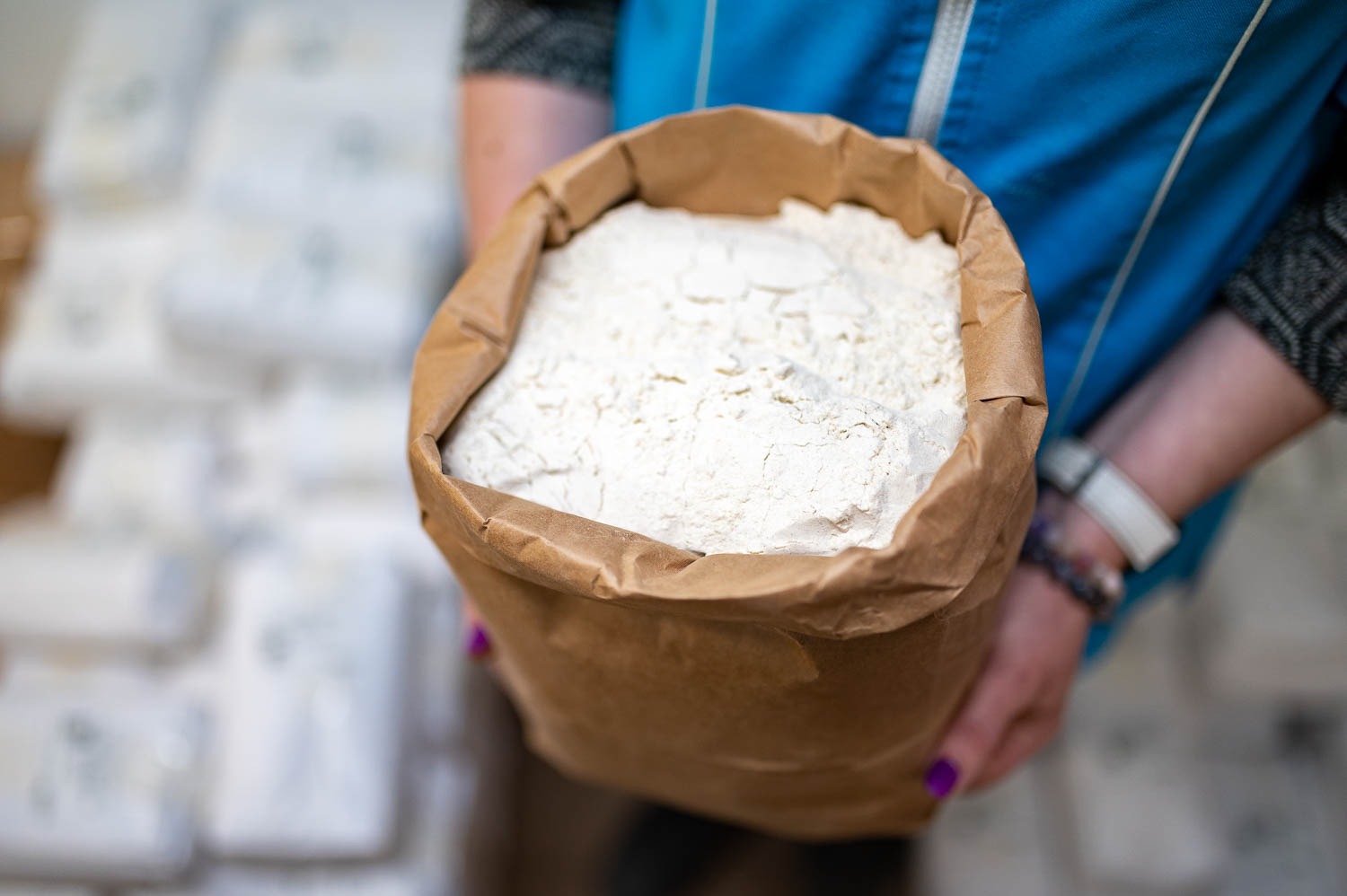If I am visited by friends hungry for culinary tidbits from the history of Gdańsk, I take them to Gdański Bowke. A visit to this restaurant, whose name is derived from “bowke” – a historical term for rogue or scoundrel – is a culinary journey about a hundred years back, both both when it comes to some of the items on the menu, as well as the decor.
Take your time looking around, and you will find plenty of rare artifacts found at a flea market. A wall covered in old photographs is my personal favourite. Gdański Bowke dropped anchor in the immediate vicinity of the famous Crane, and started operating as a restaurant in 2011. Out of season the way to the restaurant can be found thanks to a life-size figure of a “bowke” with a pipe. Every time I stroll along Długie Pobrzeże (the Long Embankment), the figure fools me into thinking it’s a real sailor.






The menu itself is also a journey in time: old advertisements, or Machandel drinking manual (we’ll get to that in while) are things that worth taking a look at while waiting for your order.

The menu includes a lot of pre-war flavours of Gdańsk, as well as traditional Polish cuisine with a modern twist. Among the served dishes you will find bigos (translator’s note: a traditional Polish recipe, often referred to as the “hunter’s stew”), a platter of maritime vodka snacks, home-made bread with a selection of sides. You’ll also enjoy Baltic Sea herring with onion and sour cream, fish soup, or traditional apple pancakes (racuchy) with powdered sugar. Vegetarians will also have their palates catered to with buckwheat cutlets served with carrot emulsion and tomato sauce.
The menu changes twice a year: in spring and in winter. At this time of year, you’ll find delicacies such as sorrel soup. I can’t wait to lay my hands on crayfish in white wine sauce, a dish rarely seen.

On the other hand, one of the favourites of Marcin Faliszek, the restaurant’s head chef, is wild boar bacon served with some uncanny side dishes, such as fried cabbage or roasted parsley, that bring out the best of it.
Says the chef of the restaurant, Marcin Faliszek: “Many of the products we use come from our region, which offers a lot because of its proximity to the sea and its abundance of lakes. The list of local suppliers is also very comprehensive, which gives us a lot to choose from. The menu always includes Polish dishes, as well as cuisine of Pomorskie region that used to rely heavily on venison as well as saltwater and freshwater fish, and sometimes even crayfish and goat cheese. The location of the city of Gdansk, which was part of the transport route, also created increased availability of different products, often exotic ones, such as saffron and dates.”

An interesting thing outside of the menu, which shows the imagination and skills of Bowke’s staff, is the “Amber Route” tasting menu, in which all the names of dishes are connected to amber. It was honoured by the chapter of the Gdańsk Tourist Organisation in a contest for a tourist product of the year.
Local drinks in Gdański Bowke
An entirely new and different story can be said about alcohol served in Gdański Bowke.. Of course, as it should be in a Gdańsk-based restaurant, Bowke offers Goldwasser liqueur, as well as the forgotten Machandel vodka, served with a dried prune on a toothpick. This is the traditional way of serving this liquor. Gdański Bowke also serves beer made in regional breweries, which are sold with the restaurant’s label.




In Gdański Bowke, I tasted crayfish in delicious, white wine sauce with garlic and parsley, salmon steak tartare and tender sea bass served with broccoli and potato puree.


As I was nibbling on the crayfish, while enjoying a glass of cold beer, a group of German tourists entered the premises. Seeing my feast, they laughed and showed me thumbs up, congratulating me on my choice. From the beginning it felt like an excellent choice!































